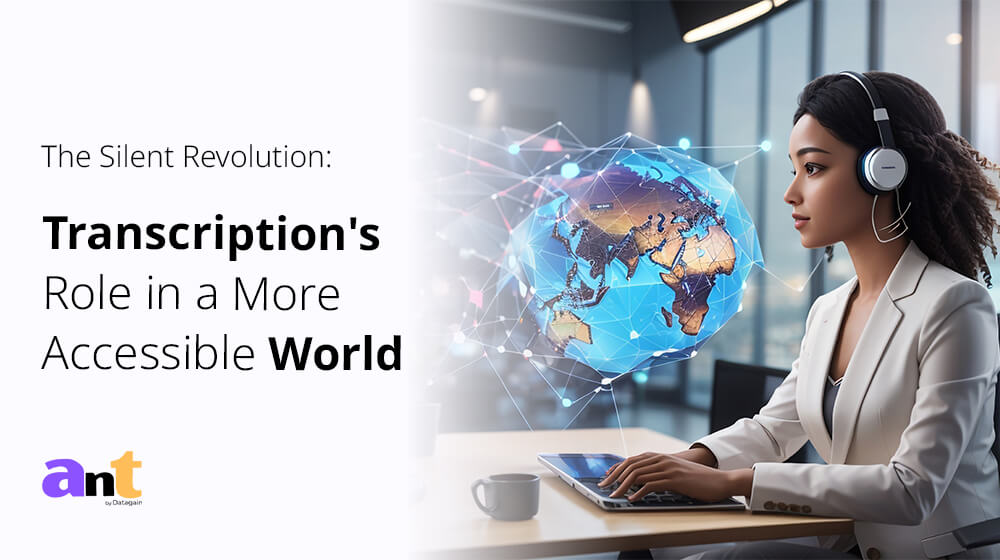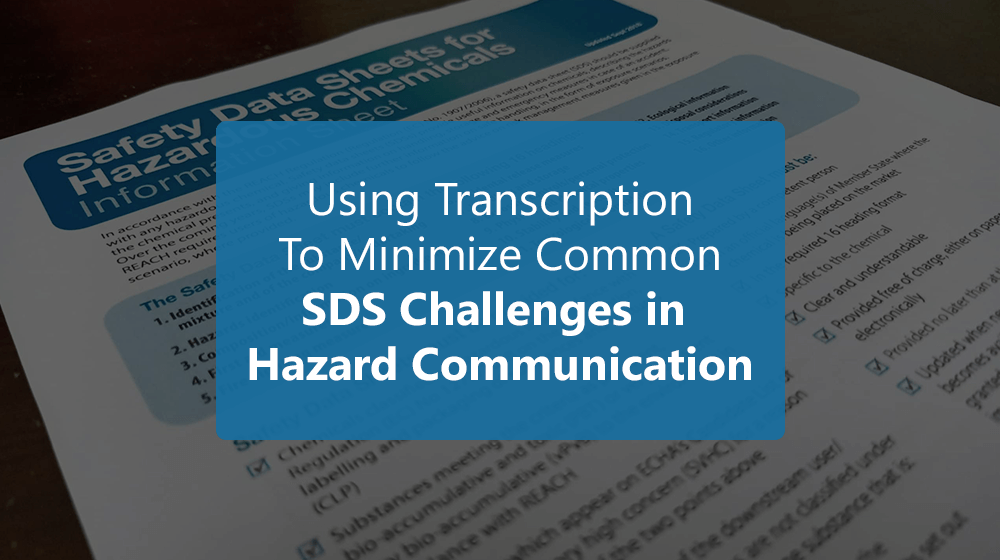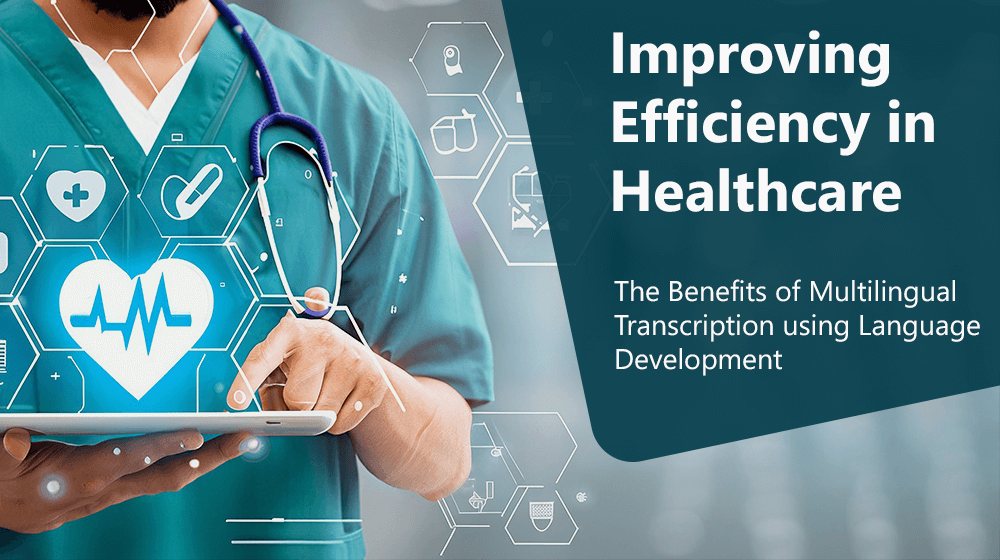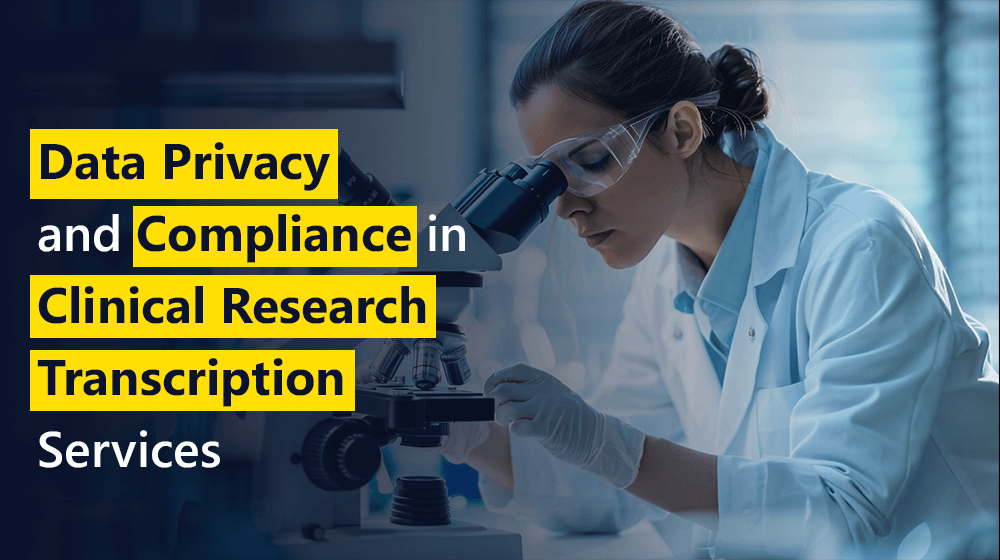Accessibility to information is quite challenging for the ones battling hearing impairments and language barriers. Transcription services can help such people with better information distribution. Read on and discover how these services increase accessibility, their social impact, and emerging industrial challenges.
Understanding Transcription Services
Transcription services convert spoken language into written text for diverse content types like interviews, lectures, webinars, meetings, and videos. This can be done manually by professional transcribers or automatically using advanced speech recognition technology. The aim is to produce accurate and readable text versions of spoken content. You can explore how spoken language is converted into written text in our Transcript Library.
Enhancing Accessibility for People with Hearing Impairments
Accessible transcription services support people with hearing impairments in the following ways:
1. Access to Audio and Video Content
People with hearing impairments struggle to access audio and video content. Transcription services convert spoken words into written text, making educational materials, online courses, webinars, and podcasts accessible. The WHO estimates that by 2050, nearly 2.5 billion people will have hearing loss, with 700 million needing rehabilitation, highlighting the importance of transcription services.
2. Improving Engagement in Educational Settings
In educational transcription services, our work enables students with hearing impairments to fully engage in lectures and discussions. Educators provide transcribed notes to help these students follow along and participate actively, enhancing their understanding, confidence, and academic performance.
3. Facilitating Communication in Professional Environments
In modern workplaces, where spoken communication dominates meetings and conferences, transcription services are essential for enabling full participation among employees with hearing impairments by providing access to meeting notes and conference discussions.
4. Legal and Medical Accessibility
Legal settings often involve critical verbal communication. Legal transcription services ensure that individuals with hearing impairments can access important legal documents. This can be vital in understanding legal proceedings, ensuring they receive fair and proper attention in these crucial areas.
In medical settings, transcription services ensure that individuals with hearing impairments can access important medical records. This is vital for understanding public health, medical diagnoses and treatments, ensuring they receive appropriate care and attention.
Overcoming Global Language Differences with Transcription
This is how language barriers are broken with the help of transcription services:
1. Multilingual Transcription
Language barriers can hinder effective communication and understanding. Transcription services can be paired with translation services to provide multilingual transcriptions, making content accessible to non-native speakers. This is particularly useful in global business settings, international conferences, and diverse educational environments.
2. Enhancing Learning for Non-Native Speakers
Non-native speakers often find it challenging to understand spoken language, especially when the speaker has a strong accent or speaks quickly. Transcription services offer a written reference, aiding comprehension, which is particularly useful in academic settings where students may struggle to follow lectures delivered in a foreign language.
3. Facilitating Global Business
In the business world, effective communication is crucial. Transcription services allow companies to provide transcribed versions of meetings, presentations, and training sessions, ensuring all employees, regardless of their native language, can understand and participate. This promotes a more inclusive and collaborative work environment.
4. Supporting Research and Documentation
For researchers working with diverse linguistic groups, transcription services are invaluable. They provide accurate written records of interviews and focus groups, which can then be translated and analyzed. This ensures that all voices are heard and considered, regardless of language barriers.
Technological Advancements in Transcription Services
Here are the latest technological advancements in transcription:
1. Automated Transcription
With advancements in speech recognition technology, automated transcription services have become more accurate and efficient. These services can quickly convert spoken language into text, making them ideal for real-time applications such as live webinars and conferences. Automated transcription also reduces costs and turnaround time, making it accessible to a broader audience.
2. Integration with Accessibility Tools
Modern transcription services can integrate with various accessibility tools, such as screen readers and Braille displays. This ensures that transcribed content is accessible to individuals with multiple disabilities, including those with visual impairments. Such integrations enhance the overall usability of digital content.
3. Real-Time Transcription
Real-time transcription services offer live transcriptions of spoken content, valuable for live events, lectures, and meetings. They enable individuals with hearing impairments or language barriers to follow proceedings without delay. These services typically combine automated and human transcribers for accuracy and speed.
4. Analysis Tools
Modern transcription services now include advanced analysis tools that can extract insights from transcribed data. These tools can identify key themes, sentiments, and trends within the content. They can also help generate summaries and create reports, making it easier to understand large volumes of transcribed data. This feature is particularly useful for market research, customer feedback analysis, and content optimization.
The Social Impact of Transcription Services
Accessible transcription services achieve all of this social impact:
1. Promoting Inclusivity
By making content accessible to individuals with hearing impairments and language barriers, transcription services promote inclusivity. They ensure that everyone has the opportunity to access information, participate in discussions, and contribute to society. This fosters a more inclusive and equitable world.
2. Enhancing Communication
Effective communication is essential for social interaction and collaboration. Transcription services bridge communication gaps, ensuring that all individuals, regardless of their abilities or language skills, can engage with others. This enhances social cohesion and understanding.
3. Empowering Individuals
Transcription services empower individuals by providing them with the tools they need to access information and communicate effectively. For people with hearing impairments, this means being able to participate fully in educational and professional settings. For non-native speakers, it means overcoming language barriers and accessing critical information.
Challenges and The Road Ahead
Transcription services encounter the following challenges:
1. Accuracy and Quality
One of the primary challenges in transcription services is ensuring accuracy and quality. While automated transcription has improved, it still struggles with accents, dialects, and technical jargon. Human transcribers are often needed to review and correct automated transcriptions to ensure they are accurate and readable.
2. Cost and Accessibility
While transcription services are becoming more affordable, cost can still be a barrier for some individuals and organizations. Ensuring that these services are accessible to all, regardless of financial constraints, is a critical challenge that needs to be addressed.
3. Privacy and Security
Transcription services often handle sensitive information, particularly in legal and medical settings. Ensuring the privacy and security of transcribed content is essential. This involves implementing robust data protection measures and adhering to relevant regulations.
4. Technological Advancements
As technology evolves, transcription services will improve in accuracy and efficiency. Future advancements may feature advanced speech recognition algorithms, improved integration with accessibility tools, and enhanced real-time transcription capabilities, benefiting individuals with hearing impairments and language barriers.
Conclusion
Transcription services improve accessibility for people with hearing impairments and language barriers by providing accurate written records of spoken content, ensuring equal access to information and opportunities. As technology advances, these services will become more effective, promoting inclusivity and empowerment. Accurate, affordable, and secure transcription is essential for a more equitable world, with services like Ant Datagain helping organizations and individuals enhance accessibility.

















